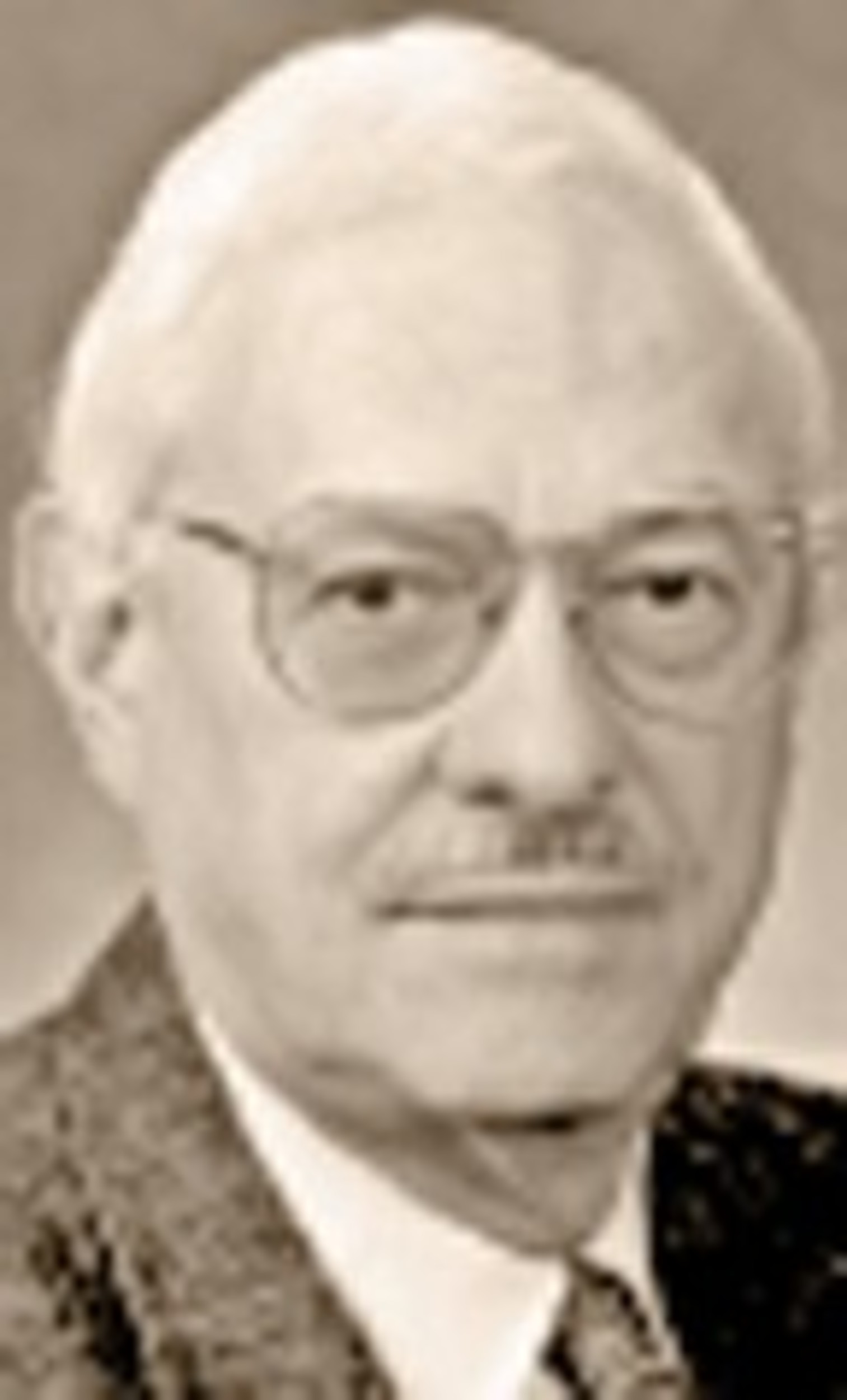A stealth plague that avoids headlines
American citizens read more newspapers and observe the news on TV/radio more avidly than the citizens of any other nation. An issue that captures our attention is the emergence of a new disease, especially if it is contagious and arises in an obscure, tropical site. Ebola fever (EF) currently ravages a number of West African countries; and in recent weeks, a handful of EF cases have crossed the Atlantic. It may be too early to claim, but it is likely that these Western Hemisphere cases will be limited in number and adequately isolated from the vulnerable many.
Sadly, though, there is little correspondence between the tangible threat and the media response to a pestilence. For every proven case of EF, a thousand speculative articles will emerge; while influenza, a disorder lacking in glamour, will kill thousands and yet prompt few news bulletins.
Consider now yet another threat to the health of the American community. The threat is a disease unknown to the medical world until 108 years ago when a German physician described his findings concerning a 51-year-old woman, identified in history as A.D. He meticulously documented her deteriorating clinical progression for about five years; and upon her death, a careful autopsy was performed.
It was customary, at the turn of the 20th century, for academically affiliated physicians to participate in weekly meetings to hear, and then to debate, newly described diseases or therapies. Such a meeting was held in late November 1906, to hear what this 42-year-old physician, newly entering the world of academic medicine, might discuss.
This, in medical circles, was a great honor; and so this shy physician, balding and with a visible pince-nez and immaculately groomed moustache, told his colleagues of the clinical travails of his patient. He described a middle-class woman with increasingly defective short-term memory, and slowly, the emergence of imagined fantasies to replace the expanding gaps in her memories. The speaker then described the terminal days of his patient, a person who could no longer think, speak or remember, a patient whose personhood had been lost. An autopsy was performed, and this physician discussed the many microscopic abnormalities disclosed in the brain tissue of A.D.
Years went by, and in 1911, this German physician’s superior at The Frankfurt-am-Main Institute for the Insane and Epileptics, was completing his multi-volume texts on psychiatric and neurologic diseases. Despite its rarity, he believed that this atypical, isolated case of dementia was worthy of inclusion in his textbook. But what name to bestow upon it? Since its status in the panoply of brain diseases was still a total mystery, he decided to name the disease, temporarily, after its discoverer, and so, in Kraepelin’s 1911 textbook, we first learned of a very rare illness called Alzheimer’s disease.
Aloysius Alzheimer (1864-1915), called by family Alois, was born in the Bavarian village of Markbreit, received his M.D. degree from Wurzburg and practiced neuropsychiatry until his death in 1915. He was described by contemporaries as excessively shy, gentle in demeanor, happily married and with two children. His wife’s dowry allowed him to devote most of his working hours to his neuropathology laboratory. His sole claim to medical immortality is his recognition that this type of organic dementia was unique and distinguishable from others.
In 1985, impelled by numerous nursing home concerns about their patients with dementia, a committee of Brown University physicians gathered. The members visited nursing homes, interviewed and examined many patients and drew conclusions. A State Senate Committee then invited the chair of the committee to answer questions from the attending senators. And, with the notable exception of one senator (Lila Sapinsley from Providence), none of the legislators recognized the name, Alzheimer, and expressed misgivings that a disease that they had never heard of might constitute a public health threat.
What had been a trickle of impaired humans, burdened by this form of dementia, has now expanded to a flood of hampered humanity. When A.D. was alive (1906), 4 percent of Americans were 65 or older. About 90 percent of today’s newborns are expected to live beyond 65. And Alzheimer’s disease? In 1985, we estimated that somewhat fewer than 9,000 Rhode Islanders suffered from organic dementia; and by 2025, a conservative estimate of verified dementia cases is in excess of 23,000.
In the foreseeable future, the organic dementias (Alzheimer’s disease is but one of a number) will dominate the healthcare industry; and, unless a cure miraculously appears, nursing homes will dominate the countryside. Perhaps, in retrospect, we should be comforted by our anxieties over Ebola fever; with appropriate sanctions, it is geographically containable, sometimes treatable. And, there is hope for a preventive vaccine in the near future.
STANLEY M. ARONSON, M.D. (smamd@cox.net) is dean of medicine emeritus at Brown University.








